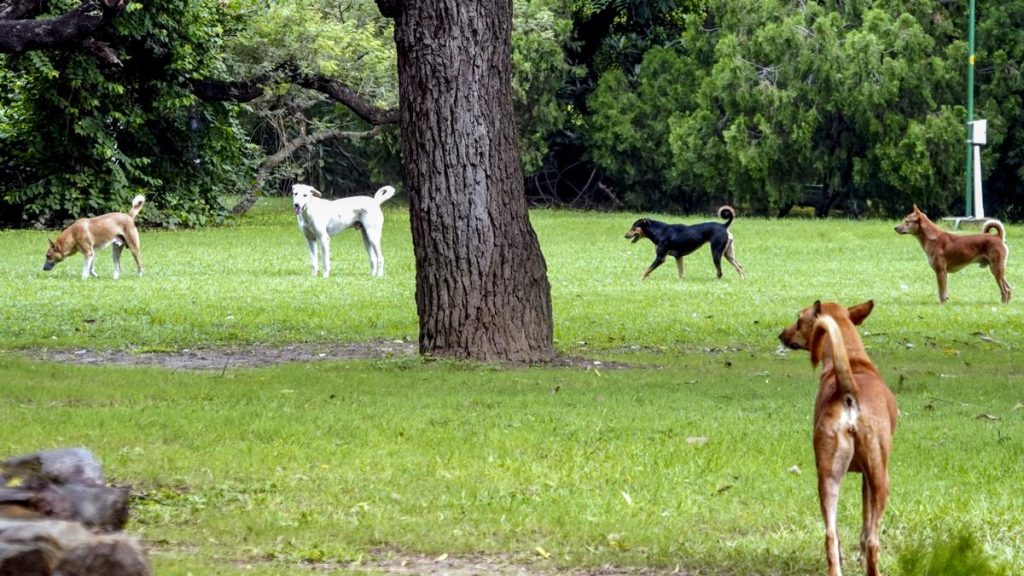Now Reading: King Cobra Sightings Near Mount Everest Raise Environmental Concerns
-
01
King Cobra Sightings Near Mount Everest Raise Environmental Concerns
King Cobra Sightings Near Mount Everest Raise Environmental Concerns

Rapid Summary
- Endangered Status: The king cobra is listed as endangered in Nepal’s National Red Data Book and the IUCN Red list.
- Recent Sightings: Ten venomous snakes-nine king cobras and one monocled cobra-were rescued near Mount Everest over 1.5 months,across four areas: Gopaleshwar,Bhanjyang,Sokhol,and Phulchowk.
- Unusual Appearance: King cobras are typically found in the Terai regions of southern Nepal and northern India but were spotted at higher altitudes likely due to rising temperatures.
- climate Change Link: Experts suggest tropical snakes like king cobras may be migrating to mountainous terrains due to climate change-driven warming trends.
- Impact on Ecosystem: Their movement into colder ecosystems could disrupt local biodiversity.
- Rescue Efforts: Local officials confirmed that snake rescue teams retrieved these snakes from residential areas. Eggs and nests were also found nearby by residents.
- Human Risk & Warnings: Snake rescue trainers advised locals to remain cautious while venturing into forests where the rescued snakes were released back.
- Threats to Species Survival:
– Habitat destruction
– Human-snake conflict
– Snakebite deaths (notably in Nepali Terai; ~2,700 fatalities yearly per March 2022 Lancet report)
Indian Opinion Analysis
The rare spotting of venomous king cobras near Mount Everest highlights a concerning trend perhaps linked with climate change. The relocation of a tropical species like the king cobra underscores rising temperatures impacting their natural habitat. This phenomenon does not only emphasize environmental vulnerability but also serves as a potential signal for broader ecological shifts.
For India and neighboring regions sharing similar biodiversity challenges, this incident reinforces the urgency of addressing climate impacts systematically.With both Nepal’s Terai region-and India’s northern belt-home to importent snake habitats, cross-border cooperation on wildlife conservation strategies now appears crucial.
Moreover, adding recurring climate-induced displacements into policy discourse could better prepare nations for mitigating unintended human-wildlife encounters-a growing concern given annual snakebite deaths affecting vulnerable populations.Read More
























